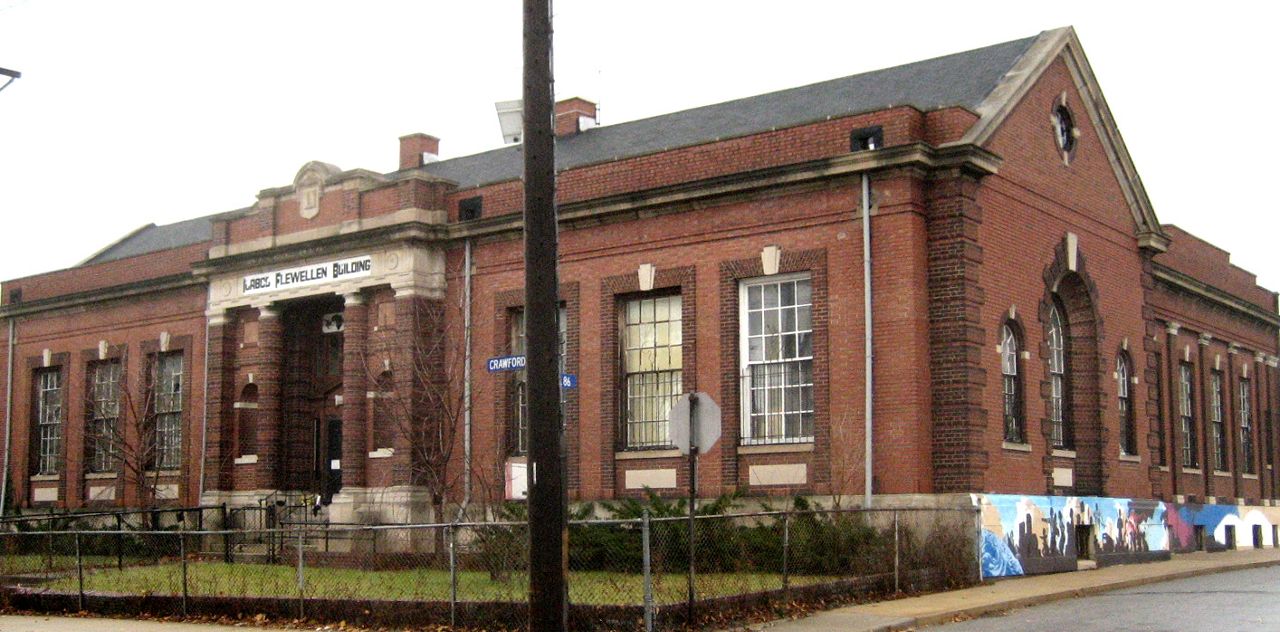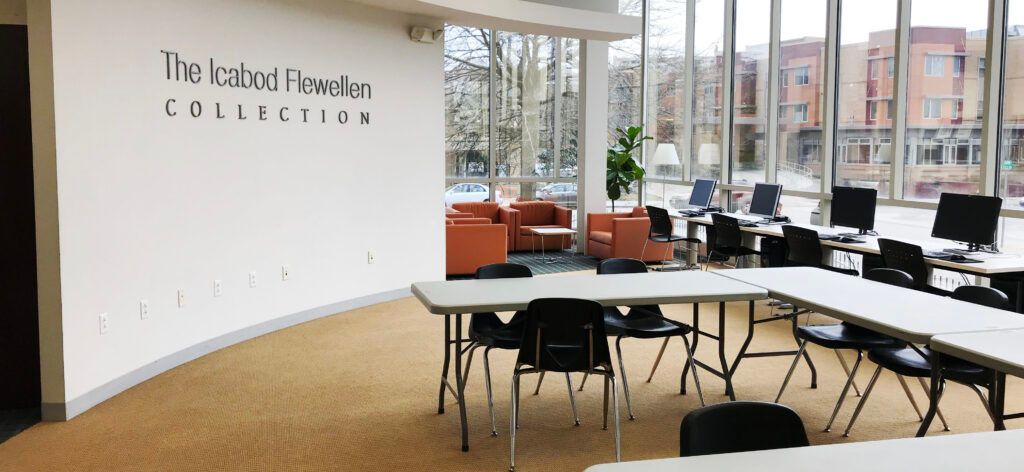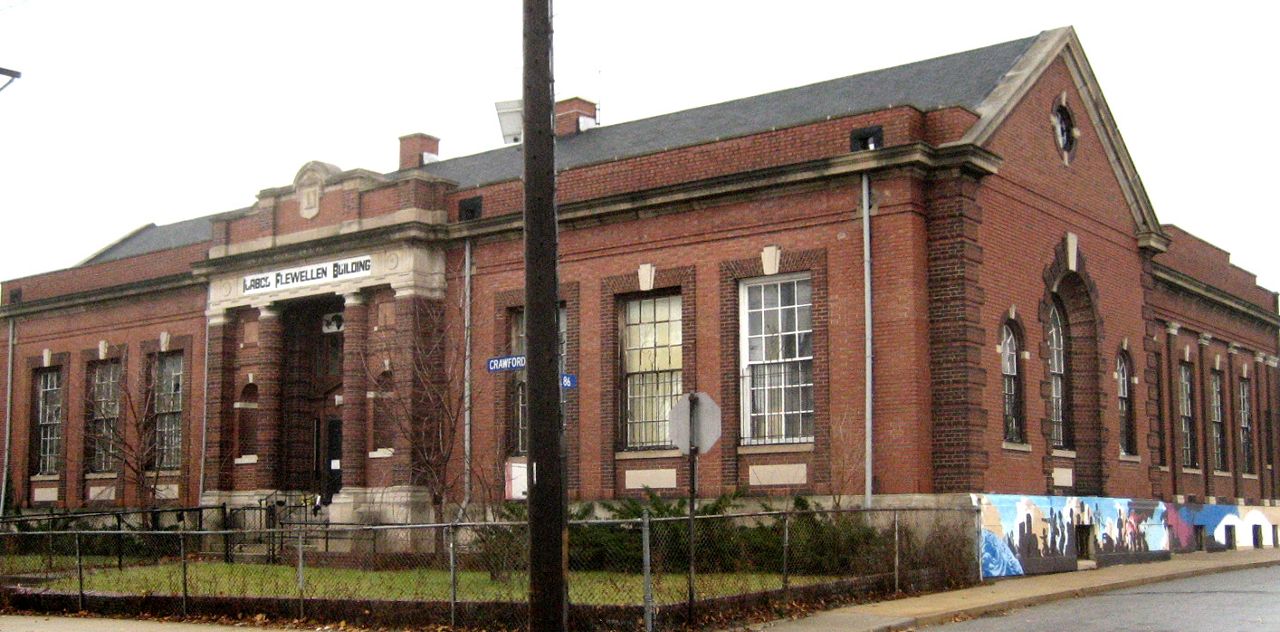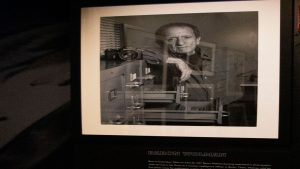CLEVELAND — For decades, Icabod Flewellen devoted his life to starting the first African American museum in the country, and after his passing, relatives believed Icabod’s inspiring story needed to be told.
“I wrote the biography of Icabod because when I had the opportunity to read his private diaries and papers and files that he left the family after his death in 2001, I found them to be one of the most mesmerizing documentation of a pioneer,” said Barbara Flewellen, author of Icabod Flewellen’s biography. “Not only did he write about the events and steps in life toward a museum, but he actually was able to describe his emotions and documented them as he went along the way. And his description of people and events and his emotions is one of the first that I had read by anyone who was a pioneer in any discipline, and I just felt it would make a great story, great instructions and would add knowledge to the field of Black history.”

Icabod began collecting historical newspaper clippings at the age of 13. Even as a teenager, he had a vision to open the first African American museum in America.
“The fact that he knew early in his life beginning at age 13 that he’d never seen any positive activities or feats or adventures of any Black American, but yet in his schools, he was taught constantly about adventurous feats of other nationalities,” Barbara said. “And he felt then as he did the rest of his life that it would be his mission to make sure all contributions by African Americans should be documented, and once he began selecting items, he realized that he didn’t have a place to put them, and that’s when the idea of a museum (came) for a minute and he made that admission as well.”





